Courtesy of James R. Touchstone, Esq., Jones & Mayer
In Young v. Hawaii,[1] the en banc Ninth Circuit Court of Appeals held that the Second Amendment does not guarantee an unfettered, general right to openly carry arms in public. In reaching its conclusion, the Court concluded that the State of Hawaii’s restrictions on the open carrying of firearms reflect longstanding prohibitions, and therefore, the conduct they regulate is outside the historical scope of the Second Amendment.
Background
The State of Hawaii requires that state residents who want to carry a firearm in public must obtain a license. Hawaii’s firearm licensing law, Hawaii Revised Statutes (“HRS”) section 134-9(a), requires that residents seeking a license to openly carry a firearm in public must demonstrate “the urgency or the need” to carry a firearm, must be of good moral character, and must be “engaged in the protection of life and property.”[2]
Resident George Young applied for a firearm-carry license twice in 2011, but failed to identify “the urgency or the need” to openly carry a firearm in public. Instead, Young relied upon his general desire to carry a firearm for self-defense. Both of Young’s applications were denied.
In 2012, Young brought a 42 U.S.C. section 1983 challenge to Hawaii’s firearm-licensing law under the Second Amendment and the Due Process Clause of the Fourteenth Amendment. The District Court upheld Hawaii’s statute, and dismissed Young’s claims, holding in part that Hawaii’s firearm licensing scheme did not implicate conduct that is protected by the Second Amendment. Considering the United States Supreme Court’s decisions in District of Columbia v. Heller, 554 U.S. 570 (2008), and McDonald v. City of Chicago, 561 U.S. 742 (2010), as well as “[t]he weight of authority in the Ninth Circuit, other Circuits, and state courts,” the District Court concluded that ”Heller and McDonald establish[] only a narrow individual right to keep an operable handgun at home for self-defense.” Because Hawaii’s law allows individuals to possess firearms in the home and in a place of business, the District Court determined that HRS section 134-9 did not infringe on a right protected by the Second Amendment. The District Court also dismissed Young’s Fourteenth Amendment due process claim on the ground that he had no liberty or property interest in carrying a firearm in public. Young appealed.
A divided panel of the Ninth Circuit Court of Appeals reversed in part and dismissed in part the District Court’s judgment.3 The panel held that the Second Amendment encompassed the right to carry a firearm openly in public for self-defense outside the home, and that HRS section 134-9 burdens conduct protected by the core of the Second Amendment. The Ninth Circuit then granted rehearing en banc to determine whether Hawaii’s regulation of open carry of firearms violated the Second Amendment right to keep and bear arms.
Discussion
The en banc Ninth Circuit Court observed that it had previously held in Peruta v. County of San Diego[4] that individuals do not have a Second Amendment right to carry concealed weapons in public. The Court explained that the question presented here was whether individuals have a right to carry weapons openly in public. The Court first held that the scope of its review would be limited to Young’s facial challenge to HRS section 134-9, because Young did not bring an as-applied challenge.
The Second Amendment states: “A well regulated Militia, being necessary to the security of a free State, the right of the people to keep and bear Arms, shall not be infringed.” U.S. Const. amend. II. Young contended that Heller identified a broad right to possess and carry firearms in public because the Second Amendment protects one’s right to self-defense, wherever that need arises. The State of Hawaii disputed this view of Heller, and argued instead that Heller narrowly defined the right to keep and bear arms to self-defense in the home and, thus, prohibitions on firearms that do not interfere with self-defense in the home are valid.
The Court explained that following Heller and McDonald, the Ninth Circuit had created a two-step framework to review Second Amendment challenges. The first step asks if the challenged law burdens conduct that is protected by the Second Amendment. If so, the second step of the analysis is considered to determine the appropriate level of scrutiny.
Regarding the first step of the framework, the Court explained that it based its determination of whether the challenged law burdens conduct that is protected by the Second Amendment on the “‘historical understanding of the scope of the right.’” Silvester v. Harris, 843 F.3d 816, 821 (9th Cir. 2016) (quoting Heller, 554 U.S. at 625). “Laws restricting conduct that can be traced to the founding era and are historically understood to fall outside of the Second Amendment’s scope may be upheld without further analysis. Id. Accordingly, a regulation “does not burden conduct protected by the Second Amendment if the record contain[s] evidence that [the subjects of the regulations] have been the subject of longstanding, accepted regulation.” Fyock v. Sunnyvale, 779 F.3d 991, 997 (9th Cir. 2015). With these precepts in mind, the Court considered whether the Second Amendment guaranteed individuals the right to carry arms openly in public, a question the Circuit Court had specifically reserved in Peruta.[5]
After an exhaustive historical review of English and American regulation of carrying arms openly, the Ninth Circuit determined that, although “[h]istory is messy and…the record is not uniform,” it had never been assumed that individuals have an unfettered right to carry weapons in public spaces, nor have a general right to carry arms into the public square for self-defense. The Court stated, “[F]or centuries we have accepted that, in order to maintain the public peace, the government must have the power to determine whether and how arms may be carried in public places. There is no right to carry arms openly in public; nor is any such right within the scope of the Second Amendment.”
The Ninth Circuit noted that “‘the central component’ of the Second Amendment” is the “basic right” of self-defense, whose exercise is “‘most acute’ in the home[,]”[6] and that the heart of the Second Amendment is “defense of hearth and home.” Heller, 554 U.S. at 635. The Court explained that “[d]efense of the public square stands on entirely different footing[,]” and that “the power of the government to regulate carrying arms in the public square does not infringe in any way on the right of an individual to defend his home or business.” The Court observed that “[t]he distinction between hearth and home and the public square is reinforced in the U.S. Constitution in another way: it is peculiarly the duty of the states to defend the public square.” State regulation of the use of firearms in public, the Ninth Circuit explained, was “enshrined within the scope”[7] of the Second Amendment when it was adopted.
The Court also rejected, as premature, Young’s due process argument that HRS section 134-9 does not provide adequate process to challenge the denial of a carry-permit application. The Court noted that Young did not seek review under HRS section 91-9 before bringing suit. Thus, Hawaii had not yet denied Young the opportunity for appellate review. Because Young had not actually been denied a hearing, his procedural due process claim was speculative, and there was no need to reach it.
HOW THIS AFFECTS YOUR AGENCY
It is possible that Young will seek review of this case, which is contentious even within the Ninth Circuit, by the United States Supreme Court. For now, this case means that laws or regulations that restrict open carry in public are lawful in the Ninth Circuit. Accordingly, California statutes that prohibit open carry without a permit, such as Cal. Penal Code sections 25850 and 26350, remain in force. Law enforcement agencies may continue to enforce these statutes.
As always, if you wish to discuss this matter in greater detail, please feel free to contact Jim Touchstone at (714) 446–1400, or via email, at jrt@jones-mayer.com.
Information on www.jones-mayer.com is for general use and is not legal advice. The mailing of this Client Alert Memorandum is not intended to create, and receipt of it does not constitute, an attorney-client-relationship.


